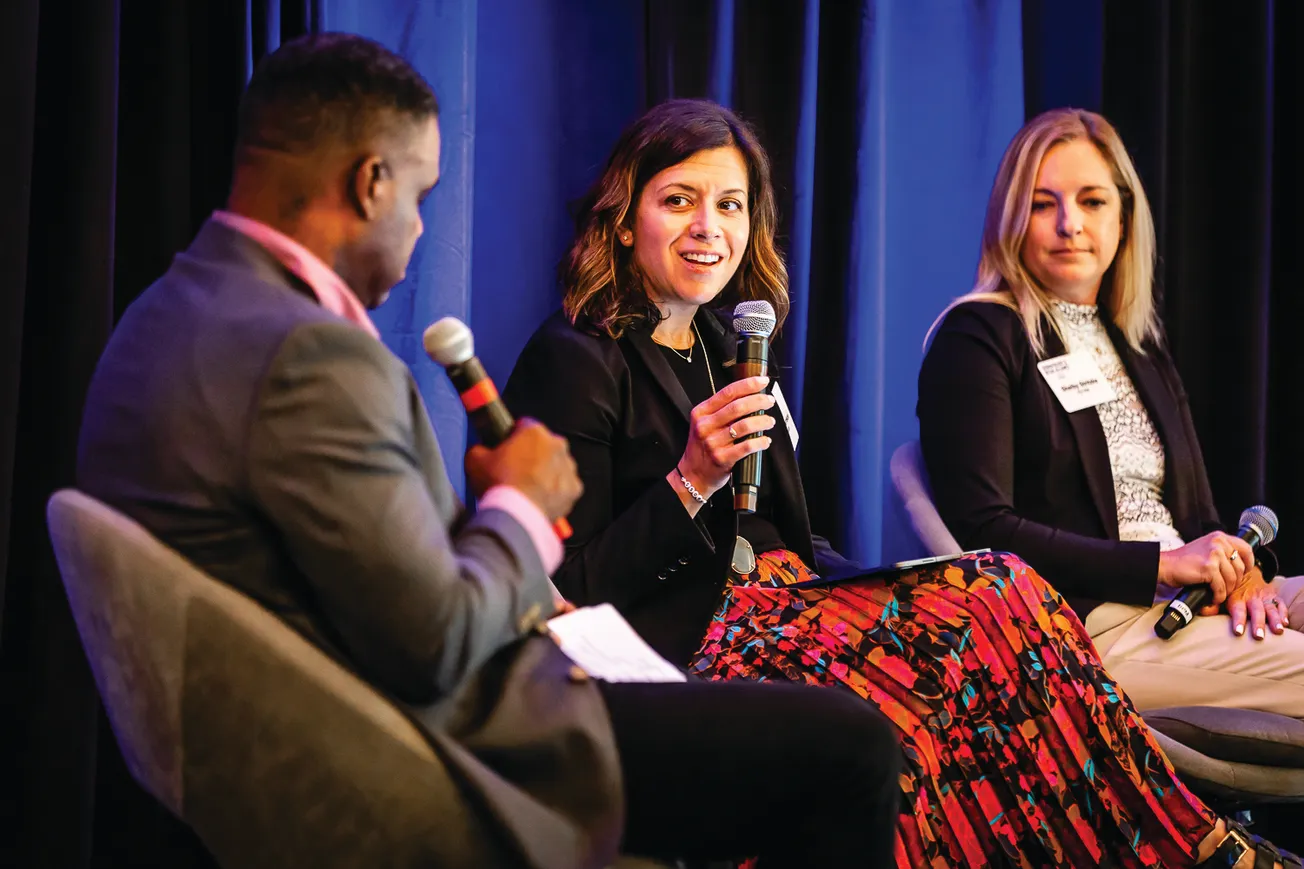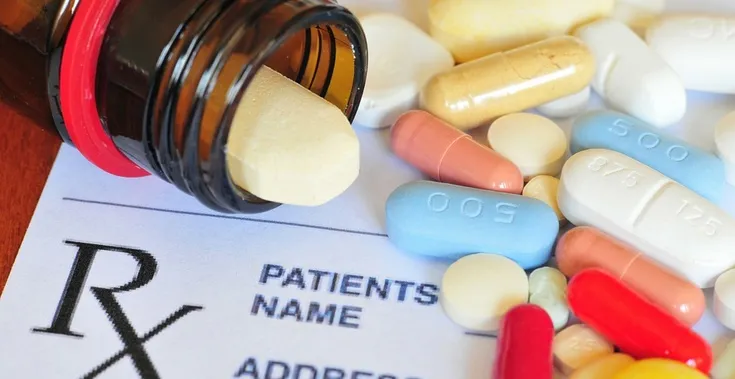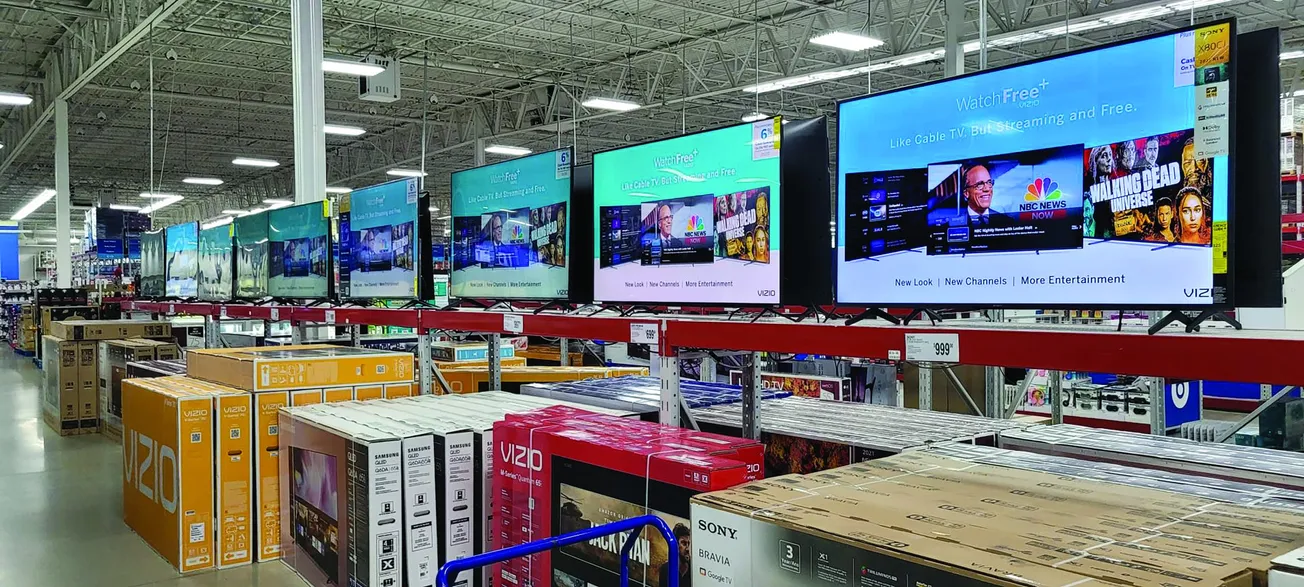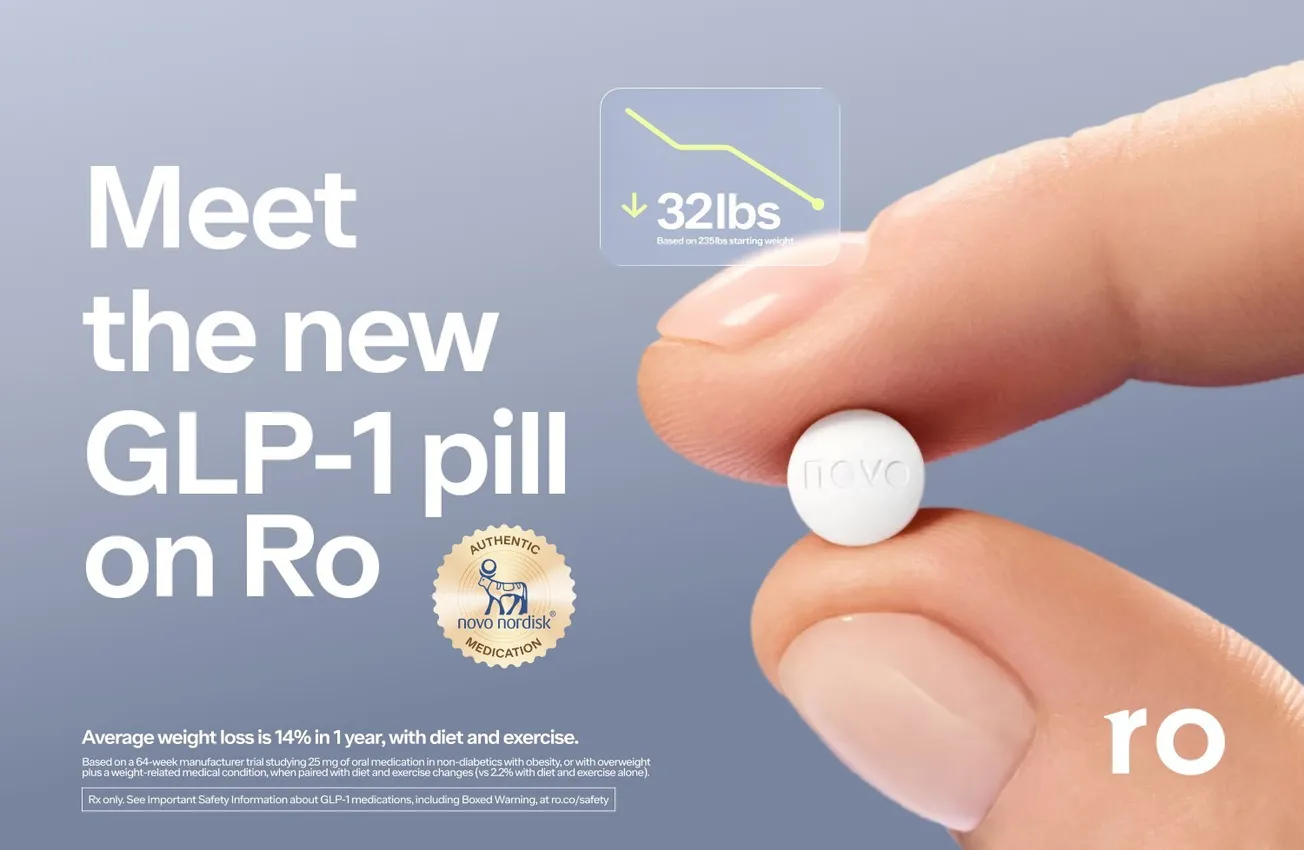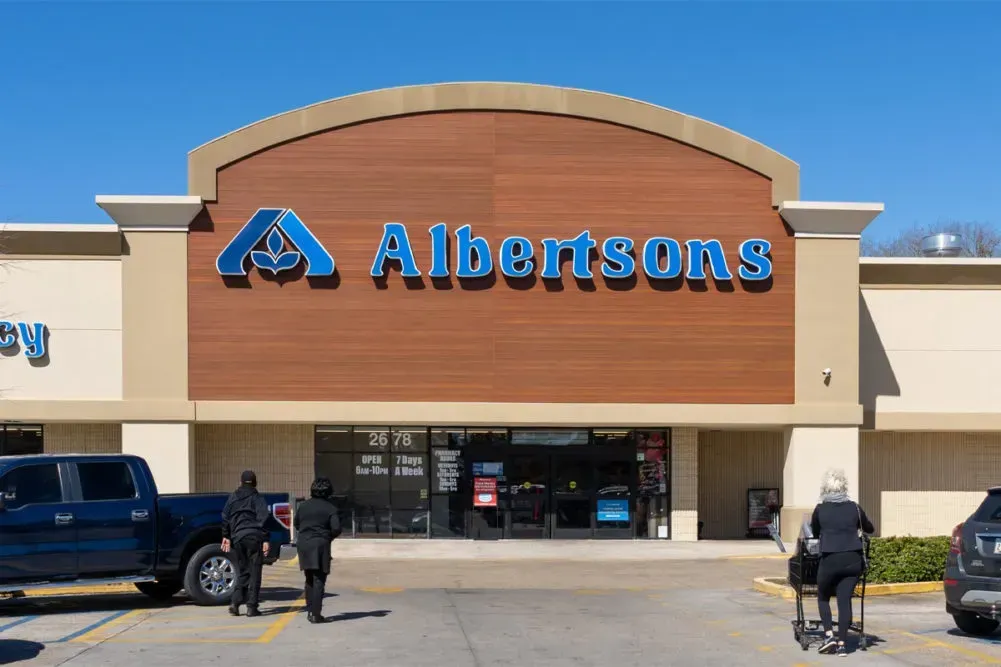AUSTIN, Texas — The $16.8 billion skin care category is one of the fastest-growing across the beauty industry, according to exclusive data presented by Circana at the third annual Dermatology and Retail Alliance.
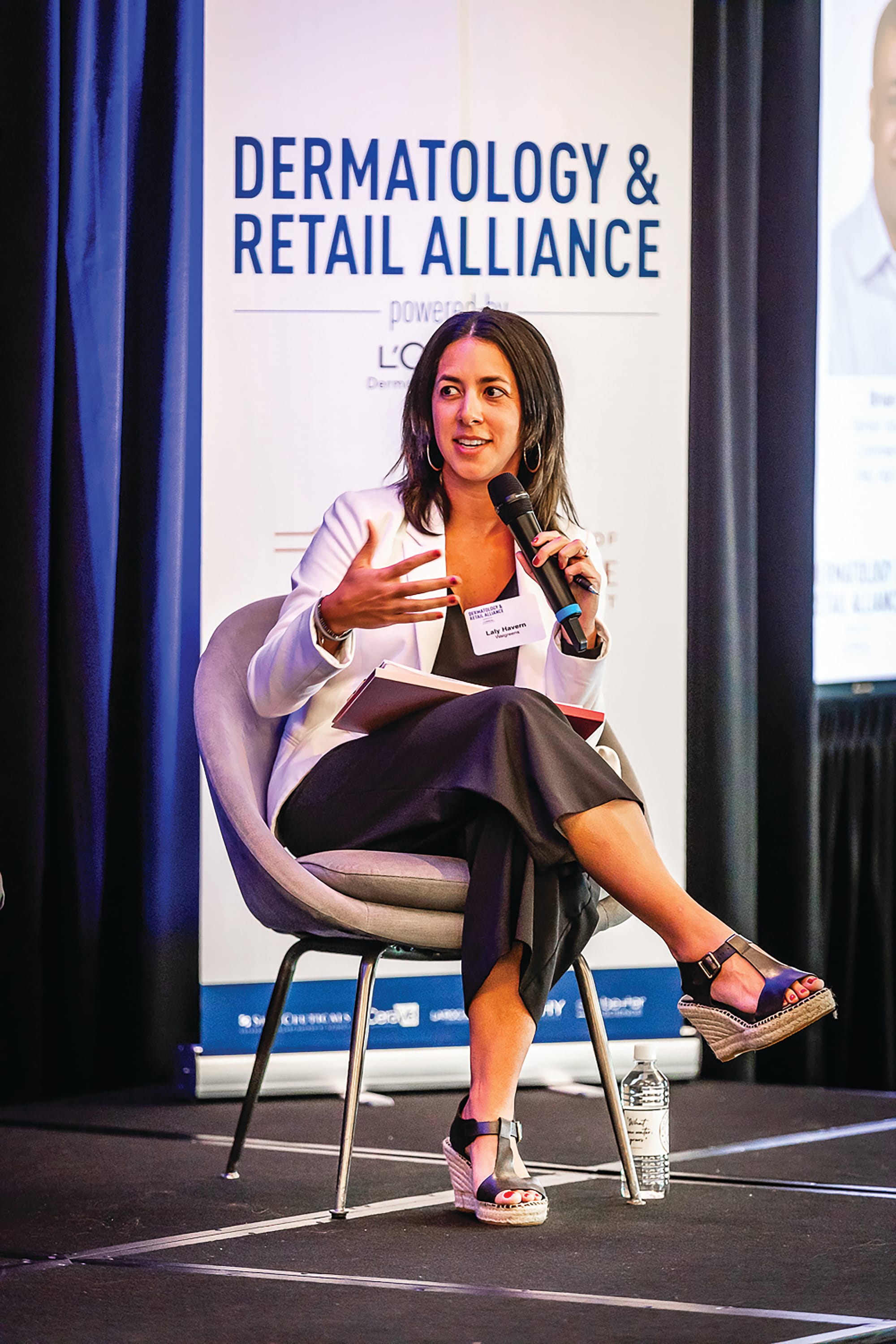
Laly Havern
Facial skin care drives sales in the mass market in both dollars and units at a time when gains in many categories are driven solely by price hikes.
Within facial skin care, acne is expanding at the fastest rate — the segment accounts for 18% of sales and produced sales increases approaching 25% for the 52 weeks ended July 16.
Circana research showed top acne growth brands are a mix of dermatologist-recommended and challenger brands — Mighty Patch, CeraVe, Starface, Neutrogena, PanOxyl and La Roche-Posay. The top SKUs, however, are from CeraVe and Neutrogena.
There are still dollars left on the table, according to experts who delved into ways to address acne needs for shoppers of all ages over the course of the two-day meeting.
That was just one of the topics tackled at the alliance, which over the past three years has already resulted in improved skin health and greater sales through collaboration between retailers and dermatologists.
The alliance was created to improve access to education, promote healthy skin care routines and match products with specific skin conditions by connecting dermatologists with retail merchants, pharmacy executives, beauty advisors and retail pharmacists. Among the retailers in attendance were Heather Hughes, group vice president and general merchandise manager of beauty, personal care and seasonal at Walgreens, and Laly Havern, the company’s director of clinical pharmacy; Andrea Harrison, vice president of merchandising for beauty and personal care at CVS Health; and Joe Castellano, manager of clinical and pharmacy services at Rite Aid.
“It’s been gratifying to see the impact, growth and success of the alliance,” said John Reed, general manager of CeraVe U.S., L’Oréal derm sales, integrated health and integrated medical health communications and one of the creators of the alliance.
Penelope Giraud, general manager of La Roche-Posay, added that people are looking for more from their skin care. “People’s preferences and expectations for health are evolving to focus on preventative and science-backed products. There is a ‘premiumization,’ and people are willing to pay more for effective products,” she said.
The role of beauty advisors emerges
With a united goal, retailers, derms and industry experts delved into ways to work together to improve Americans’ skin health. “We all have to be on the same team,” said Dr. Heather Woolery-Lloyd, one of the “who’s who” of dermatologists participating in the alliance.
One of the biggest takeaways this year was educating dermatologists about the added value of beauty advisors who, in many retailers, work together with pharmacists. Many of the dermatologists in attendance were not familiar with retailers’ beauty advisors and were interested to learn how they can help shoppers find products for their skin care regimens.
Acne, when done right, can be the gateway to winning shoppers’ loyalty for life. The exclusive Circana research showed that 40% of households purchase acne care, and 65% of those households bought a dermatologist-focused skin care brand in the past year.
There is a $393 million annualized opportunity if acne purchasers bought one more time per year, according to Circana research. One challenge to achieving that goal is that one-third of acne sufferers do not treat their condition, according to Kristin Hornberger, executive vice president and health care practice leader for Circana.
Retailers during a panel called “The Connector to Better Wellbeing,” shared some of their actions to educate shoppers and make acne shopping easier.
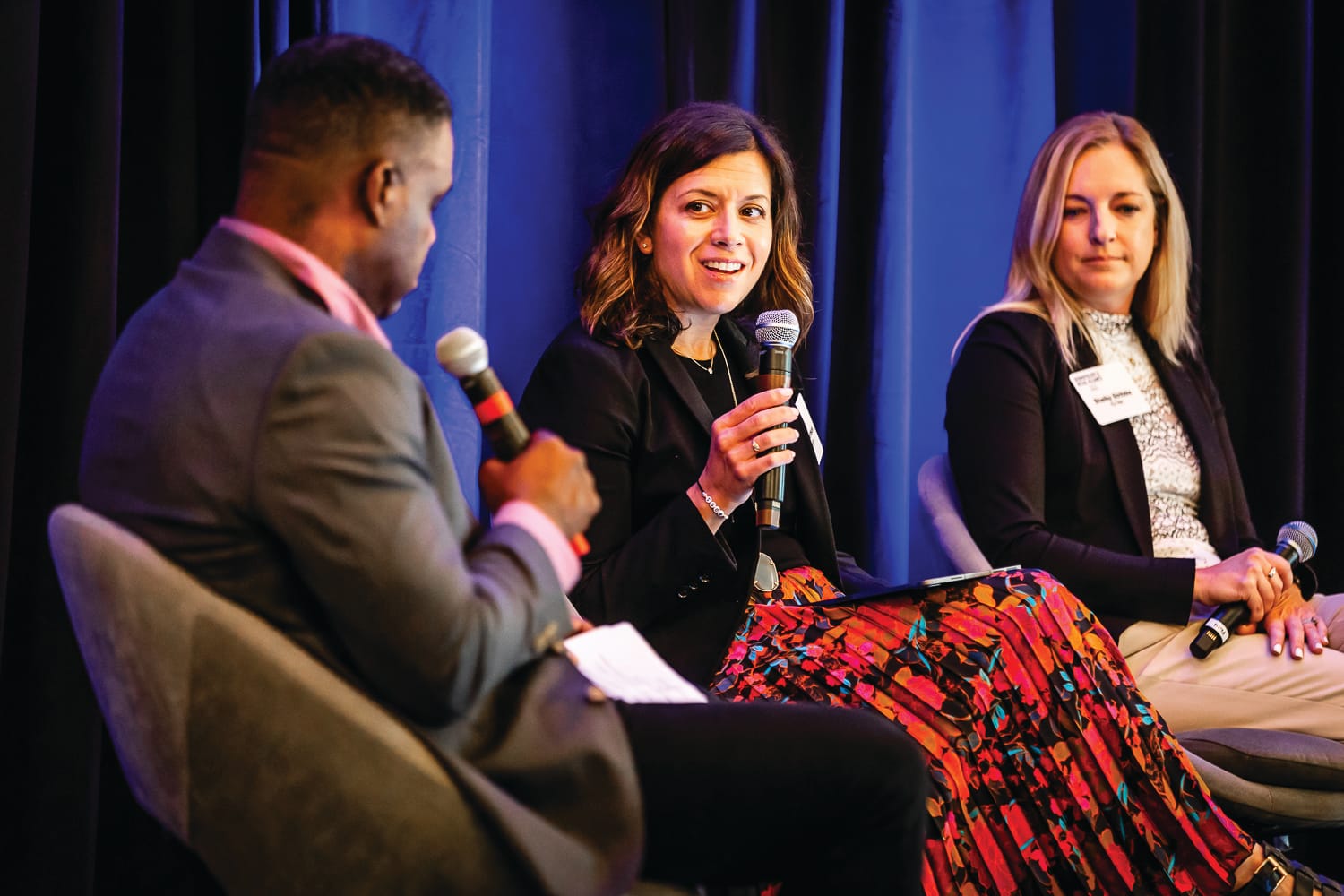
Andrea Harrison (c)
Organizing skin care around problems and solutions was one idea shared by CVS’ Harrison. In its Skin Care Center format, shelves are organized by merchandising sets such as acne. The centers present an opportunity to dispense skin care education in a personal setting as well as utilize tools such as SkinScope, which helps assess skin needs.
“We found Skin Care Center to be an impactful approach. We learned we can see a different level of conversion when customers are engaged in a simpler story,” Harrison said. Throughout the chain, CVS is also working to make shelves easier to shop, including SKU rationalization.
Retailers agreed that acne is an important part of their skin care business. Acne, according to Walgreens’ Havern, at is top of the list in skin conditions the chain’s pharmacists are asked about, followed by antiaging and sun sensitivity.
Walgreens pharmacists are trained in skin health, and they often walk customers to shelves to help them find the right products. Walgreens continues to automate some tasks, so pharmacists have time to be more customer facing.
In the aisles, Walgreens’ 3,700 beauty and wellness consultants are also an important part of the equation. While they do not diagnose, they are certified via brands’ education programs to be ready to assist shoppers with their skin care concerns. Many Walgreens beauty and wellness consultants have relationships with their customers and feel comfortable discussing issues with them. “When the conversation becomes clinical, they’ve been trained to do a warm transfer to the pharmacist to begin that conversation,” explained Havern. Additionally, Walgreens offers its DermatologistOnCall, which connects people to a dermatologist via computer or phone.
Beauty advisors play an important role in skin care consultation at Rite Aid. “They have a little more luxury of time [than pharmacists]. They can have conversations and collaborate with pharmacists if needed. They can personalize the experience and point customers in the right direction,” said Castellano.
The retail panel agreed that in conjunction with pharmacists, beauty advisors or consultants can help mitigate confusion on shelves and the reduce the purchase of products that consumers abandon if they don’t see immediate results.
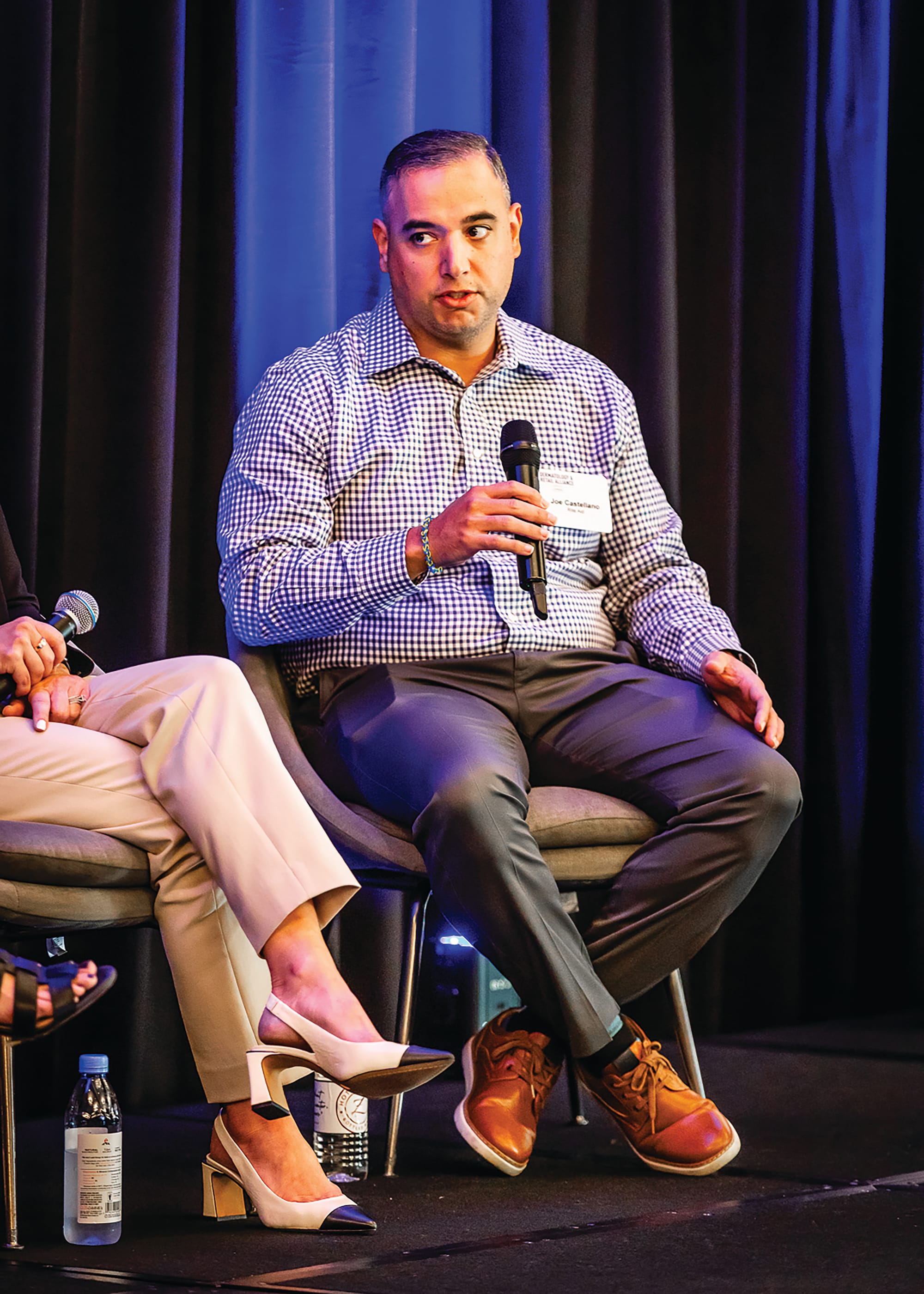
Joe Castellano
Although pharmacists frequently rank as the most trusted profession, they are not being utilized in acne education. Circana found that 66% of the consumers polled were not sure pharmacists had the resources to help them with acne solutions. Conversely, when pharmacists do recommend products there is more than a 90% conversion rate — an enviable number dermatologists said they don’t achieve.
Influencing the acne journey
One of the biggest issues derms identified is the flood of misinformation in the industry from influencers without any expertise. “That leads us to the question ‘How do we leverage the dermatologist as an acne influencer?’ ” remarked Brian Owens, senior vice president of commerce strategy at VMLY&R, who presented about opportunities to influence the acne journey. “I believe derms could drive more demand to a retailer than coupons in a circular. There is the ability to leverage the community more effectively that will give a better ROI.”
Dermatologists noted there are barriers to building their social footprint, especially time. Some of the ideas they explored including instituting a check mark that would validate their platforms as reliable sources for information as well as opportunities to partner with influencers to ensure what they suggest has clinical support.
In a panel discussion, some of the nation’s leading dermatologists shared the challenges they face in helping patients select the right products on shelves. Too often they buy a boatload of products and give up quickly if they don’t see results, said Dr. Peter Lio, a Chicago-based dermatologist. He suggested a personalized portal or QR code could be created so patients have a full regimen that can be accessed on their phones in stores.
Visual cues are important for finding the right products. “One of the things I do in my clinic is bring up a picture on my phone of the product, because it can be very overwhelming when I walk into a drug store and look at the hundreds of products looking back at me,” said Woolery-Lloyd, who has a practice in Miami.
Acne impacts mental health, confirmed Dr. Ted Lain, who has a dermatology practice in Austin. “There’s a lot of data to show how acne affects teens’ self-esteem. There is a need to educate and control acne at an early age. It is a responsibility for all of us, because it really can affect someone’s life.”

